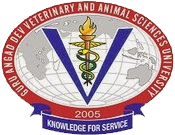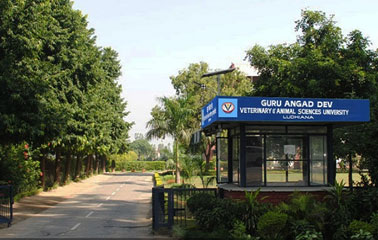

The department continued to be a part of the All India Network Programme on Haemorrhagic Septicaemia (ICAR) with emphasis on epidemiology of P. multocida and P. haemolytica. During the period under report a total of 300 samples obtained from different animal species viz., Buffaloes, cattle, poultry, and dogs were screened seven isolates of P.multocida were obtained which were confirmed on the basis of morphology, biochemical characters, pathogenicity and PCR and were sent to Co-ordinating Center. IVRI for further confirmation. All the isolates as well as P52 strain were subjected to genomic characterization by RAPD and REP PCR analysis. RAPD profile generated 5-12 bands of varying size ranging from 150-2900bp. The banding pattern helped to differentiate/group the isolates into different profiles on the basis of presence of particular amplification bands. The REP repeats were efficiently amplified from all the isolates and amplification produced 8-30 bands varying form 200bp to 3400bp. Overall, the amplification bands could be differentiated into 8 different profiles. Both the techniques were able to differentiate among the phenotypically similar isolates.
Studies were undertaken for identifying the target of Infectious Bursal Disease Virus (IBDV) from among the selected surface molecules of B cells. The incubation of bursal lymphocytes with IBD virus did not affect the level of staining of the cells with antibodies Q11, Q 13 or T7 against markers of immature B cells or antibodies against Bu-1A or CD 40. However, prior incubation of bursal cells with antichicken MHCII antibody resulted in pronounced inhibition of binding of IBDV to the cells. Similarly, prior incubation of bursal cells with IBDV resulted in profound reduction in staining with antichicken MHC-II antibody. These findings offer new insights into the putative target molecule's identity.
An application for a patent has been filed by Dr. H. M. Saxena for his innovative modifications in an immunodiagnostic test to give higher sensitivity. Lyte Bacteriophages against Salmonella and Brucella have been isolated and are being characterized.
